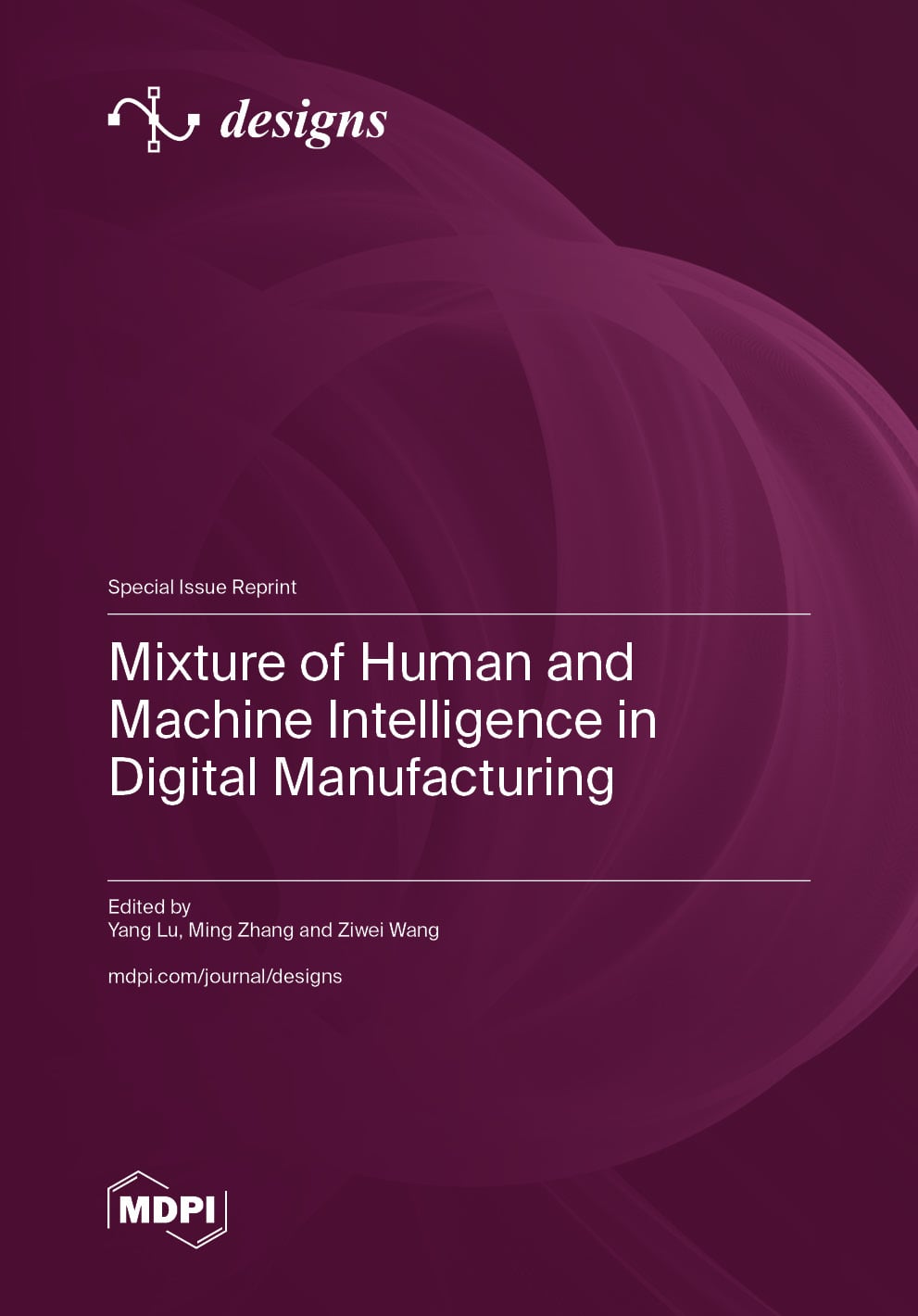- Article
3D-Printed Ankle Foot Orthosis (AFO) with Optimized Material and Design for Children with Cerebral Palsy
- Putra Aji Pangestu,
- Christian Harito and
- Elioenai Sitepu
- + 3 authors
Cerebral palsy (CP) often causes mobility limitations that require assistive devices such as Ankle Foot Orthoses (AFOs) to enhance functional stability. This study aims to develop an optimized 3D-printed AFO design that improves comfort, structural durability, and production efficiency for children with CP. The research applies a Design of Experiment approach using the Taguchi method to optimize 3D printing parameters, supported by tensile testing to identify the best material configuration. Design alternatives were prioritized using the Analytical Hierarchy Process, while Finite Element Analysis was conducted to evaluate mechanical performance under physiological loading. The selected PETG configuration (33% infill density and 0.15 mm layer thickness) demonstrated improved tensile strength and flexibility, contributing to enhanced structural behavior. A prototype was produced and validated using the Quebec User Evaluation of Satisfaction with Assistive Technology (QUEST) questionnaire. Results showed higher overall user satisfaction for the optimized 3D-printed AFO compared to conventional devices, particularly in safety, comfort, and durability. The integration of optimized material parameters, systematic design evaluation, and user-centered assessment provides an effective pathway toward improving AFO performance and supporting the mobility and quality of life of children with cerebral palsy.
22 December 2025


![CAD models of 3D-printed Ankle–Foot Orthoses (AFOs). (a) Surace mesh of the foot and leg from scanning. (b) Reconstructed smooth surface of the foot and leg. (c) Baseline rigid ankle-foot orthosis (AFO) [9].](https://mdpi-res.com/designs/designs-10-00001/article_deploy/html/images/designs-10-00001-g001-550.jpg)

